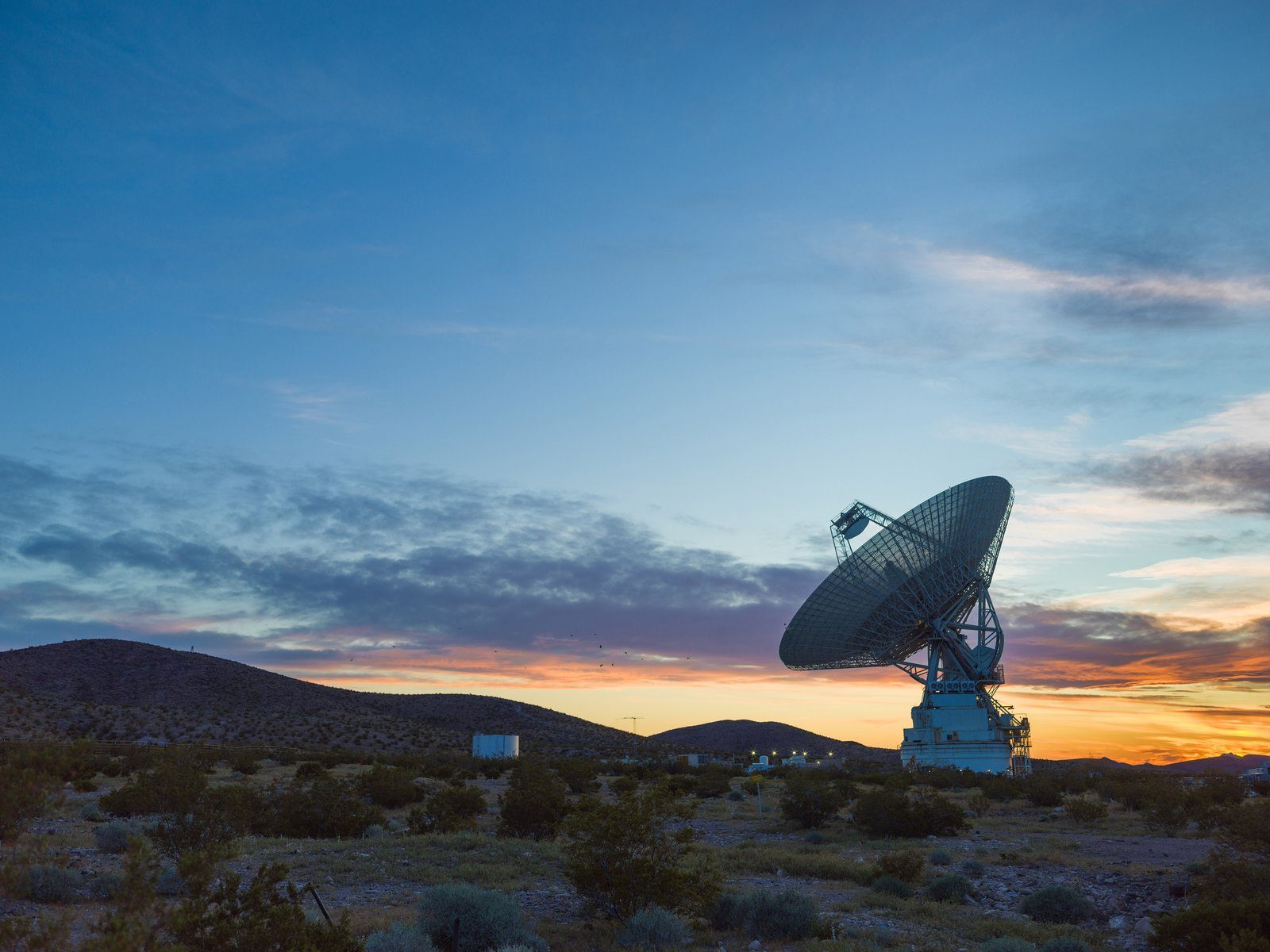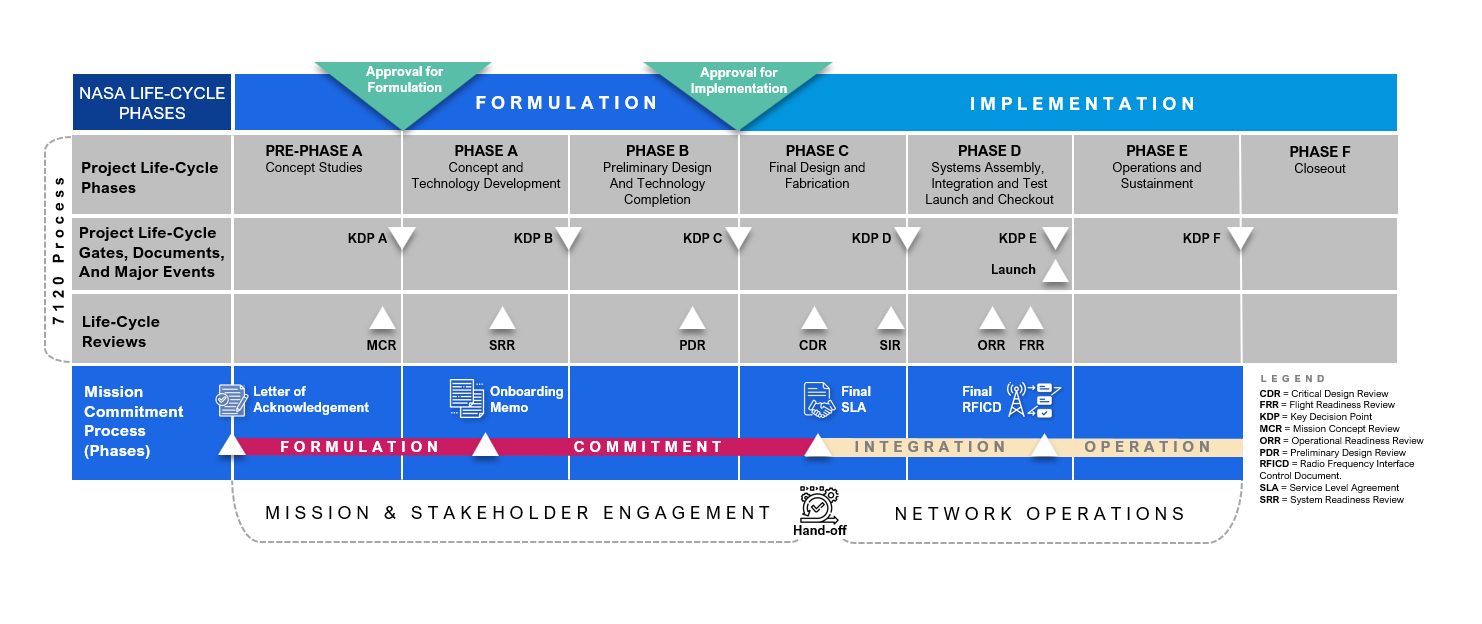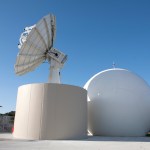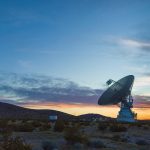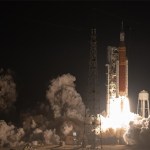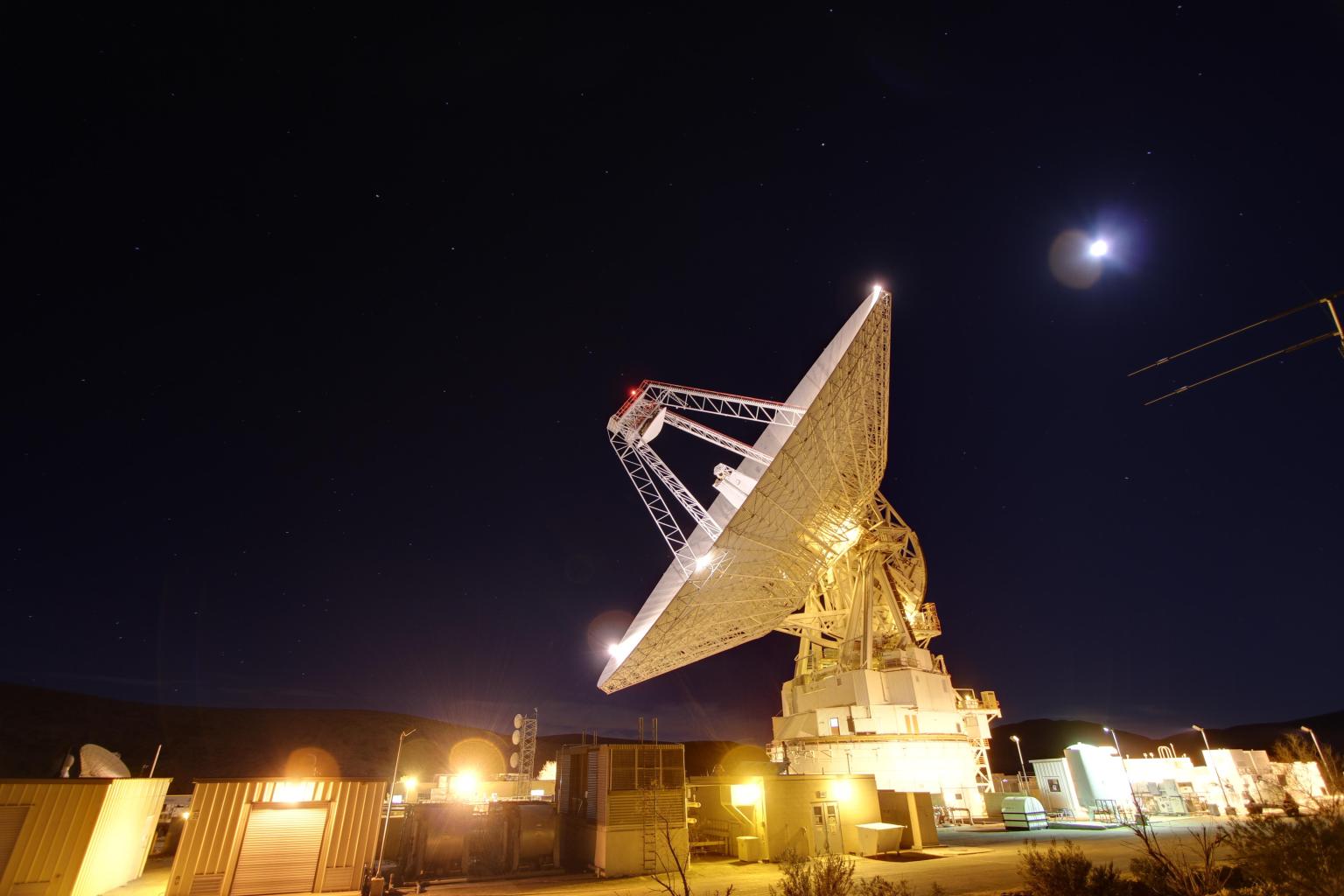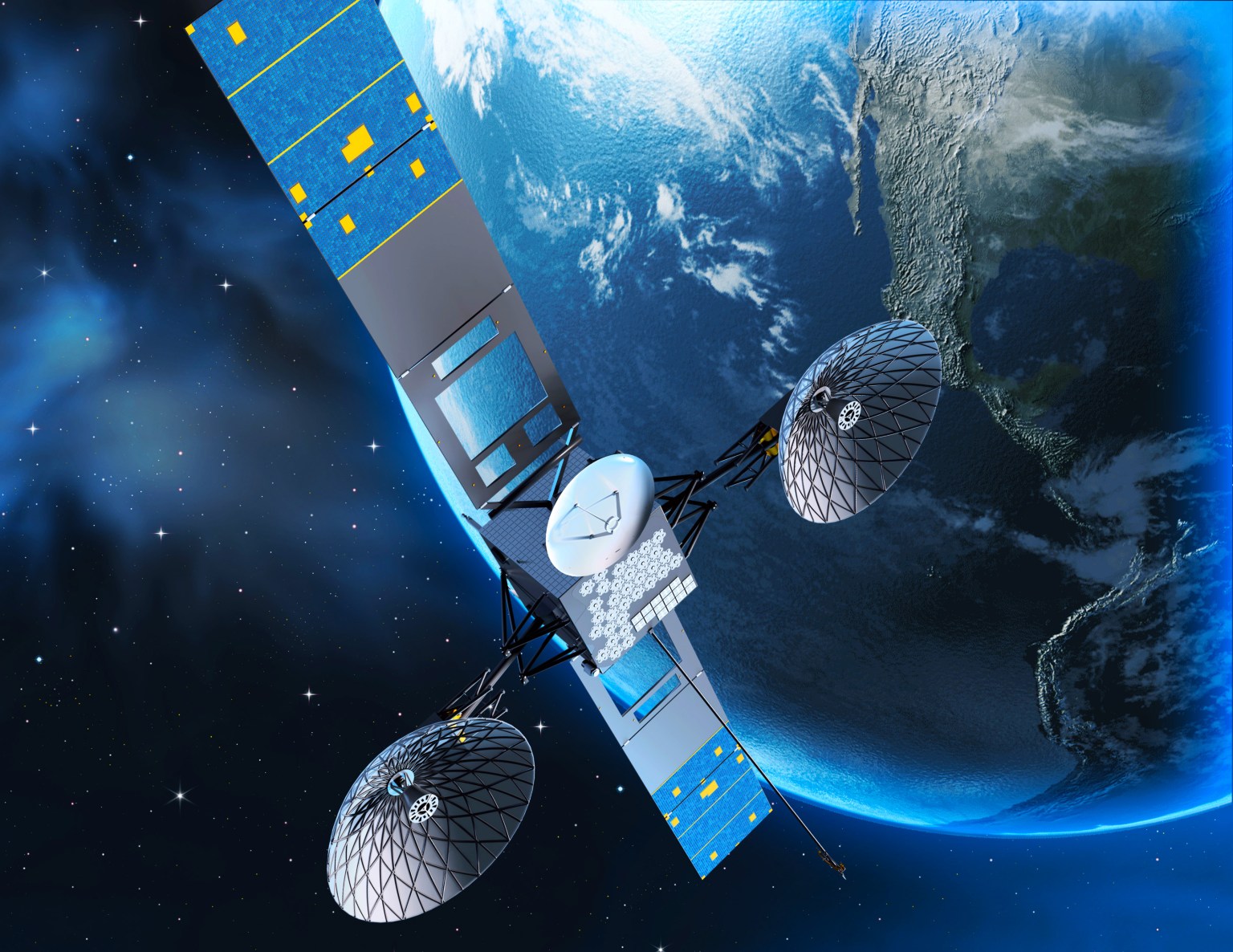One Mission. One Network.
Communication and Navigation Services
NASA’s SCaN Program provides communications and navigation services to support NASA, commercial, and international missions. From near-Earth to deep space, our Near Space Network (NSN), Deep Space Network (DSN), and scheduling systems help ensure reliable access to antennas, relay satellites, and data services. Explore our available services and learn how to schedule support for your mission.
NASA’s networks provide:
Near Earth communications via NSN relay satellites and ground stations.
Deep space communications via the global DSN.
Navigation and tracking services for precise spacecraft positioning.
Data transport from ground stations to mission control.
Services Inquiry Form
To access SCaN services and initiate the mission commitment process, please complete this service inquiry form. Users are encouraged to make contact as early in the development process as possible. The Mission Commitment Team will respond to your inquiry within two weeks of submission.
Fill out this form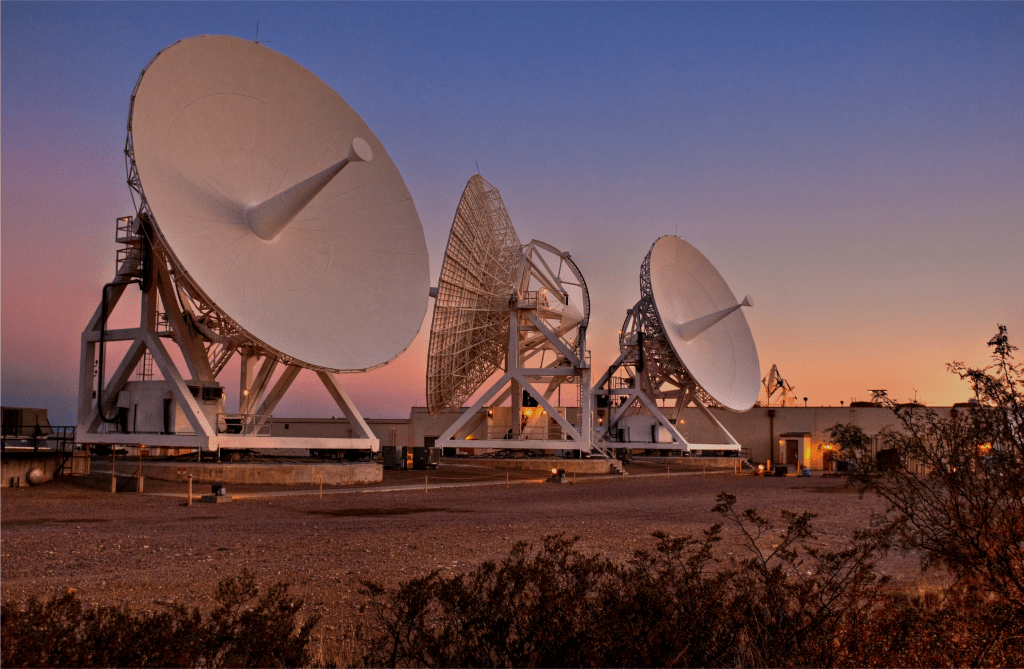
Mission Commitment Timeline
This timeline details how the mission commitment process is integrated with a mission’s project life cycle.
First Time Requesting Services?
Connecting with the Mission Commitment Office ensures that users communicate their requirements for telecommunications, tracking, and navigation, and that SCaN has an opportunity to provide preliminary guidance on network support. If you have already filled out the form and need additional help, questions can be sent to: hq-scanmissioncommitment@mail.nasa.gov.





























